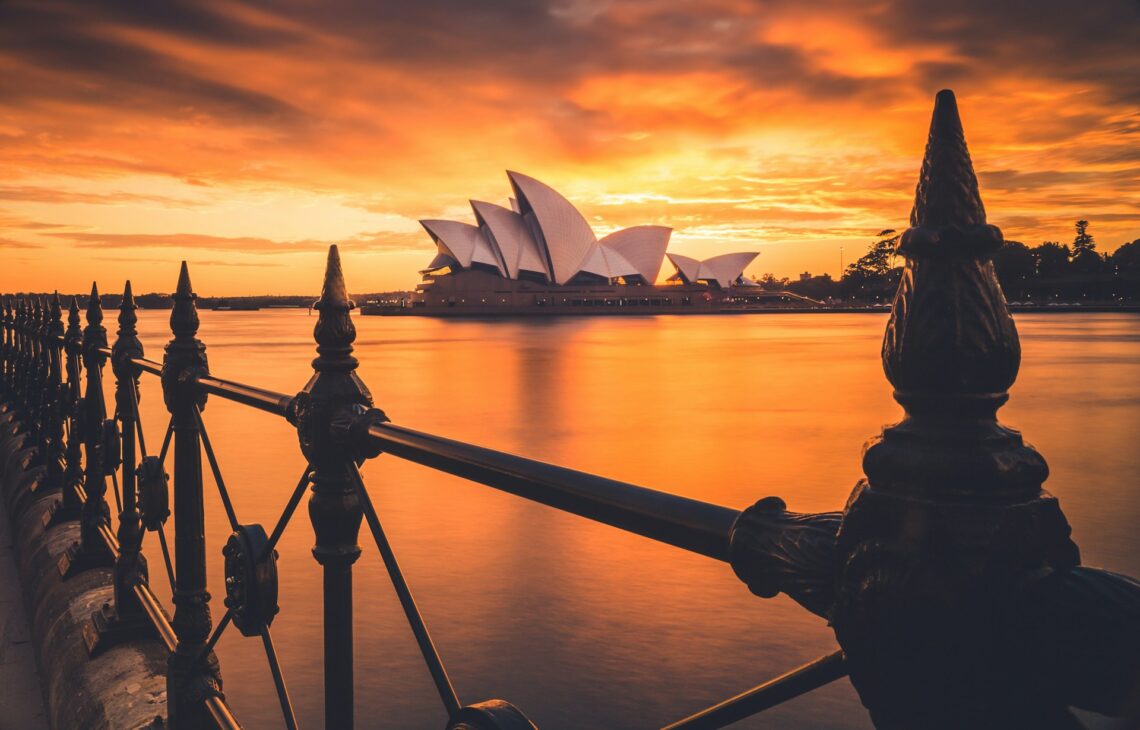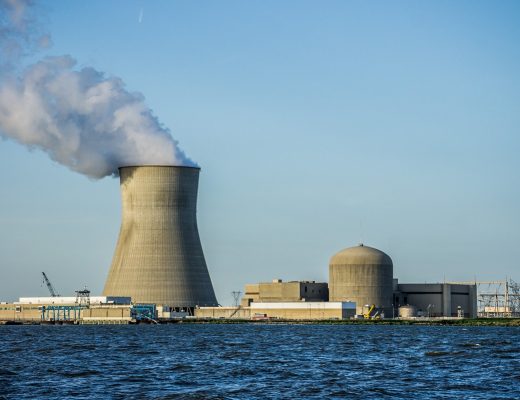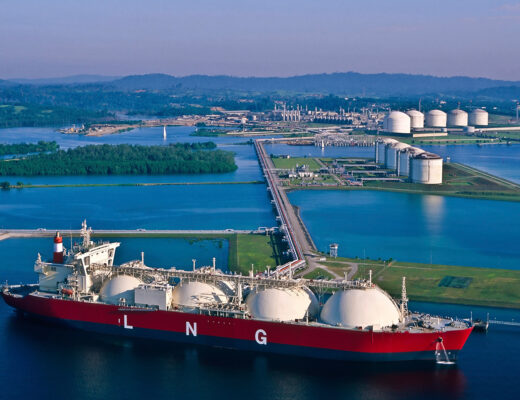Australia’s economy recovers strongly
The global tourism sector is still feeling its effects four years after the pandemic started. However, analysts are seeing a remarkable recovery in some countries. In 2024, Australia’s economy will likely grow due to tourism.
Tourism sector forecasts
The World Travel and Tourism Organisation has conducted an analysis of the sector. Analysts have noted an increase in activity in Australia. They expect the sector’s value to reach A$265.5 billion in 2019, surpassing the pre-pandemic value. Tourism is forecast to account for 10% of the Australian economy. There will be moderate growth in the industry over the next ten years.
Analysts also expect the following indicators:
– the tourism sector will contribute more than A$345 billion to the nation’s economy by 2034;
– tourism will employ more than 2 million people, 12% of Australia’s total workforce;
– employment in the sector will grow by 10% to 1.42 million in 2023;
– people’s engagement with the industry will peak by 2026.
Tourism now accounts for one in 10 jobs. By 2026, employment will exceed 2018 figures, a record for the country. According to Julia Simpson, President of the World Tourism Organisation, Australia is doing well. The expert notes the increase in tourist flows to the country, which contributes to the development of the local economy.
According to Julia Simpson, President of the World Tourism Organisation, Australia is doing well. The expert notes the increase in tourist flows to the country, which contributes to the development of the local economy.
The Asia-Pacific region is on track for a full recovery in international tourism by the first half of 2025. However, according to Fitch, the sector will face a number of risks. Among the latter, the analysts highlight:
– a slow recovery in air travel;
– rising airfares;
– growing energy prices;
– geopolitical tensions.
As a result of these factors, the tourism industry is in a fragile position, which may affect its performance.
Overview of trends in the country
Experts note that Victoria’s travel growth will result from several incentives. Key among these is the introduction of additional non-stop flights between Shanghai and Melbourne. This will boost the sector by 1,200 jobs and generate more than A$200 million annually for the local economy.
Melbourne Airport increased its international capacity in 2023. This was the first time this had happened since the pandemic, and it contributed to rising costs. Passenger expenditure across the state totalled A$6.4 billion.
The proportion of international travellers is 74% of 2019 figures. The local population actively travels overseas. Popular destinations for Australians include Bali, London and Tokyo. Melbourne and Sydney are the eighth and tenth most popular destinations.










